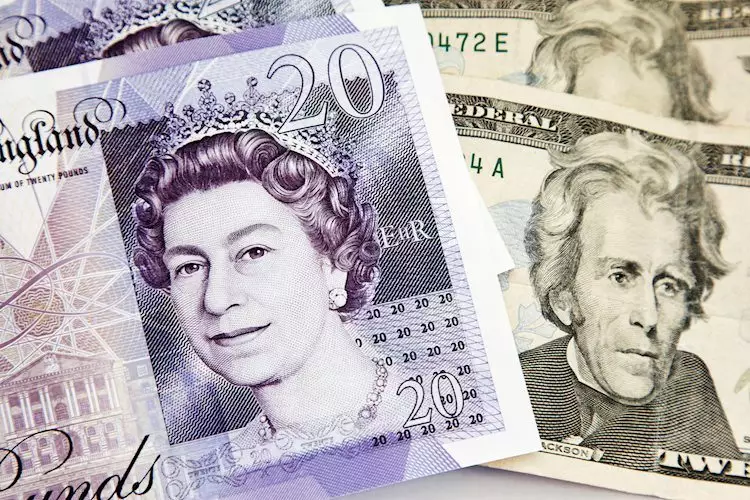The forex market has seen notable fluctuations recently, particularly with the GBP/USD pair. After experiencing a significant drop of over 1% in the aftermath of the Federal Reserve’s hawkish stance, the pair has managed to reclaim some ground. On Thursday morning, trading saw the GBP/USD hovering around 1.2590, reflecting a recovery from the initial downturn. This movement comes as investors reassess the implications of U.S. monetary policy on global currencies, particularly the British Pound (GBP).
Bank of England’s Stance on Interest Rates
One of the main factors contributing to the Pound’s recent resilience is the anticipation surrounding the Bank of England’s (BoE) upcoming policy meeting. Analysts broadly expect the BoE to maintain its current interest rates, signalling a cautious approach aimed at tackling persistent inflation without stifling economic growth. As inflation remains a pressing concern, the Bank’s focus on fostering stability reflects its commitment to ensuring consumer confidence while balancing the economic pressures faced by households.
Key economic indicators released on Wednesday provided crucial insights into the UK’s inflation landscape, which has a direct impact on currency valuation. The Consumer Price Index (CPI) showed a year-on-year increase of 2.6% for November, up from the 2.3% reported in October. This uptick suggests an ongoing inflationary trend that the BoE will need to contend with in its policy decisions. Additionally, the core CPI, which excludes the often-volatile food and energy prices, rose by 3.5% in November, a slight increase from the preceding month’s 3.3%.
Interestingly, services inflation remained stable at 5%, slightly below market expectations and under the BoE’s estimate, which highlights a mixed inflationary environment that presents challenges for policymakers. These figures underscore the complexities of the current economic landscape and the delicate balancing act the BoE must perform.
In light of the recent data and the Fed’s influence, the near-term outlook for GBP/USD appears to hinge on the interplay between U.S. monetary policy and UK inflation trends. Having reached an intraday high of 1.2725 earlier due to the released CPI figures, the currency pair’s next steps will depend on subsequent developments from the BoE and reactions from traders. Should the BoE adhere to its commitment to controlling inflation, the GBP may find additional support despite the structural risks that linger due to global economic uncertainties.
While GBP/USD experienced volatility following hawkish Fed news, the approaching BoE meeting and recent inflation data are pivotal factors that could guide the currency’s trajectory. Investors remain cautiously optimistic as they await further clarity on these economic indicators, with the overarching theme of inflation control central to market dynamics.

